But there are more challenges at every turn. And more challenge races: There's one near Beaufort, SC; another on the Chesapeake; an event in North Carolina; one on the lakes of Minnesota.There's even a Race to Alaska (Thanks, Lindy!), which looks either horrifying or wonderful –– your choice. Each of these is calling out a siren's song, "Come! Try it!" Over bull-shooting sessions, the consensus was that the new boat would need to be stronger, more stable, speedier, safer, easier, and safer again. The new boat. Yup. Plans have turned into action, and earlier this month, at the super-secret hideaway of boat-designer O.H. Rogers, a pallet of okume plywood from World Panel Products arrived under cover of night. Okay, full disclosure: it arrived before 11 am via local shipping, but where's the fun in that? So, with plans drawn and other plans made, the boat-building process begins again. Step one: Building a box. A big box. From regular 3/4-inch plywood. This box will provide the matrix for building the hull plumb and square. After leveling it and making sure it is square, the whole thing got epoxied to the floor of O.H.'s workshop. (No fear, afterwards, a concentrated hammering will separate it from the concrete.) Step two: Laying up the stringers. Using a jig to make the cuts match, Mr. Linton cobbed together strips of fir and cedar to make 24-foot long stringers. The fir will be used below the waterline, cedar above the waterline. Step three: Start building the frame. Every two feet along the length of the box, there will be a 1/2-inch plywood form in place. Each of these forms is known as a station. Station 0 is the bow, Station 11 the transom. These stations, built one mirror half (port and starboard) at a time, create a male mold onto which the boat will be constructed. It's fiddly work, with lots of measurement and careful use of a jigsaw, but this step is key to making the hull shape. The fir and cedar stringers will fit onto the forms, bending and curving until they make what looks like a delicate insect skeleton. The okume skin will later cover the skeleton –– but only after all of the stations are finished. And that's at least three full days of work away, so meanwhile, some other station work:
7 Comments
George Albaugh
5/12/2015 05:45:18 am
Stations 0 to 11--sounds like a big Moth Boat!
Reply
Amy
5/12/2015 10:27:47 am
George --
Reply
Greg
5/12/2015 03:14:07 pm
this ought to be good, I can't wait for the updates. Put me down for a shirt, XL.
Reply
Amy
5/13/2015 02:01:14 am
Thanks!
Reply
HHN92
5/12/2015 03:39:31 pm
What's that on your shirt....the 'd' from Rodgers.
Reply
Amy
5/13/2015 02:03:12 am
Doooh!
Reply
Leave a Reply. |
About the Blog
A lot of ground gets covered on this blog -- from sailboat racing to book suggestions to plain old piffle. FollowTrying to keep track? Follow me on Facebook or Twitter or if you use an aggregator, click the RSS option below.
Old school? Sign up for the newsletter and I'll shoot you a short e-mail when there's something new.
Archives
June 2024
Categories
All
|
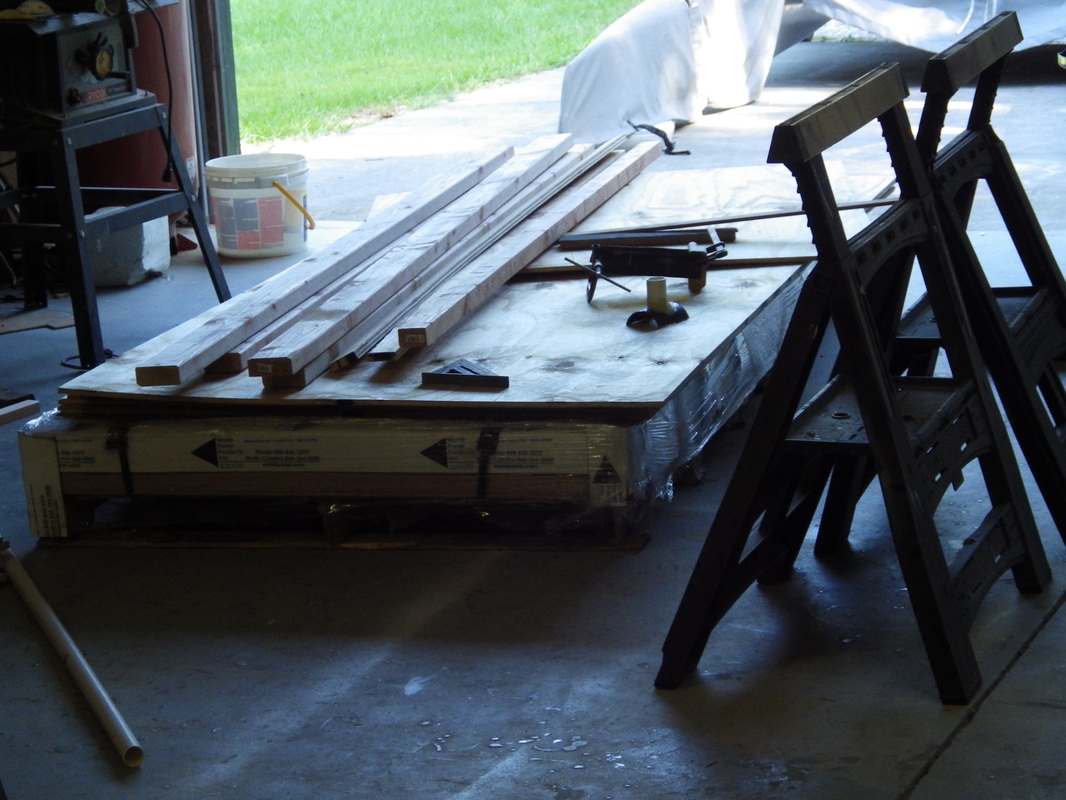
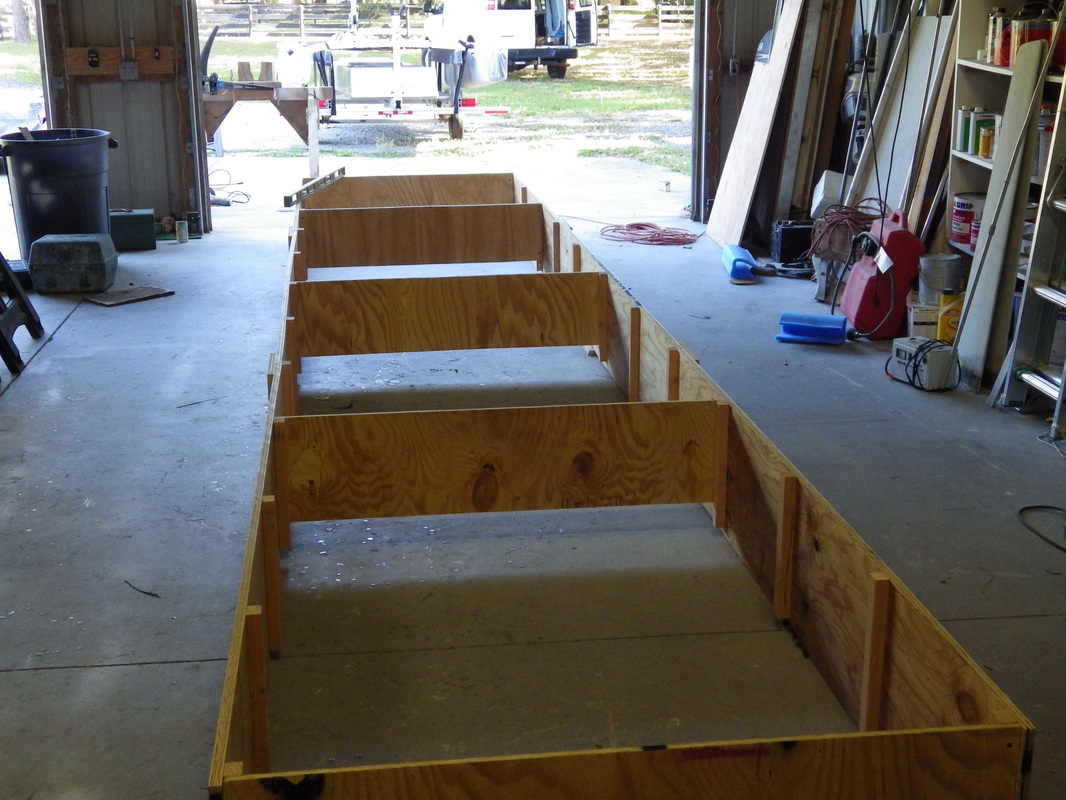
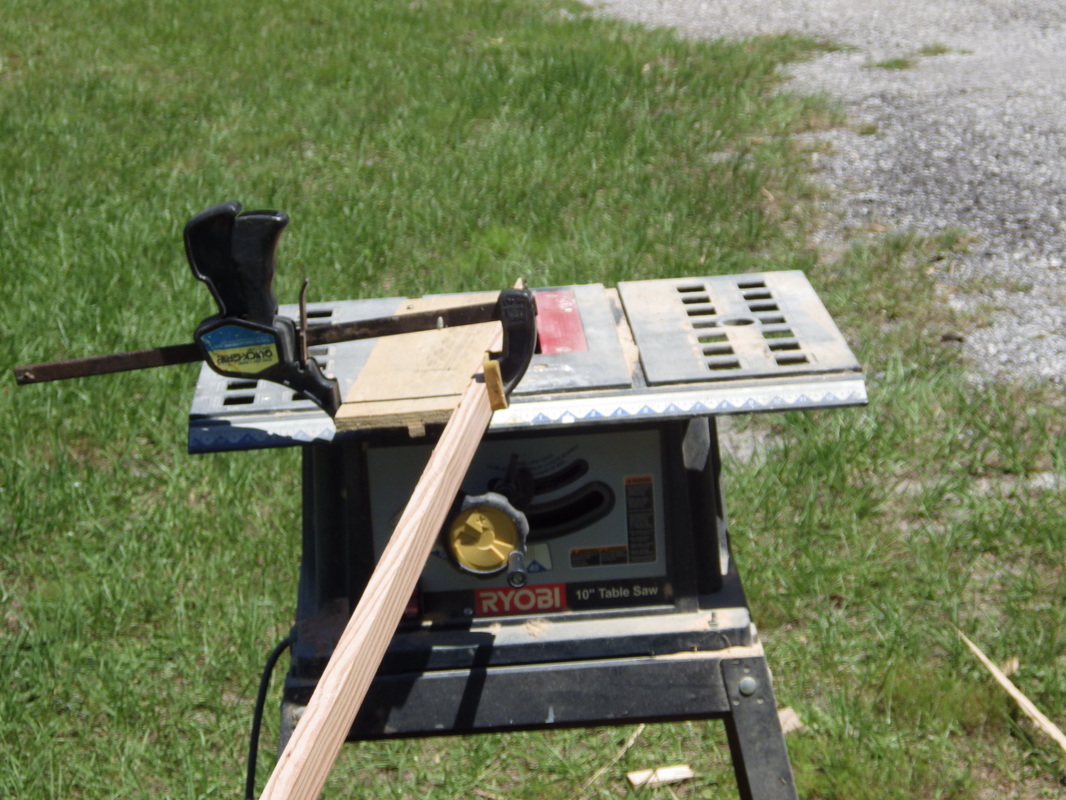
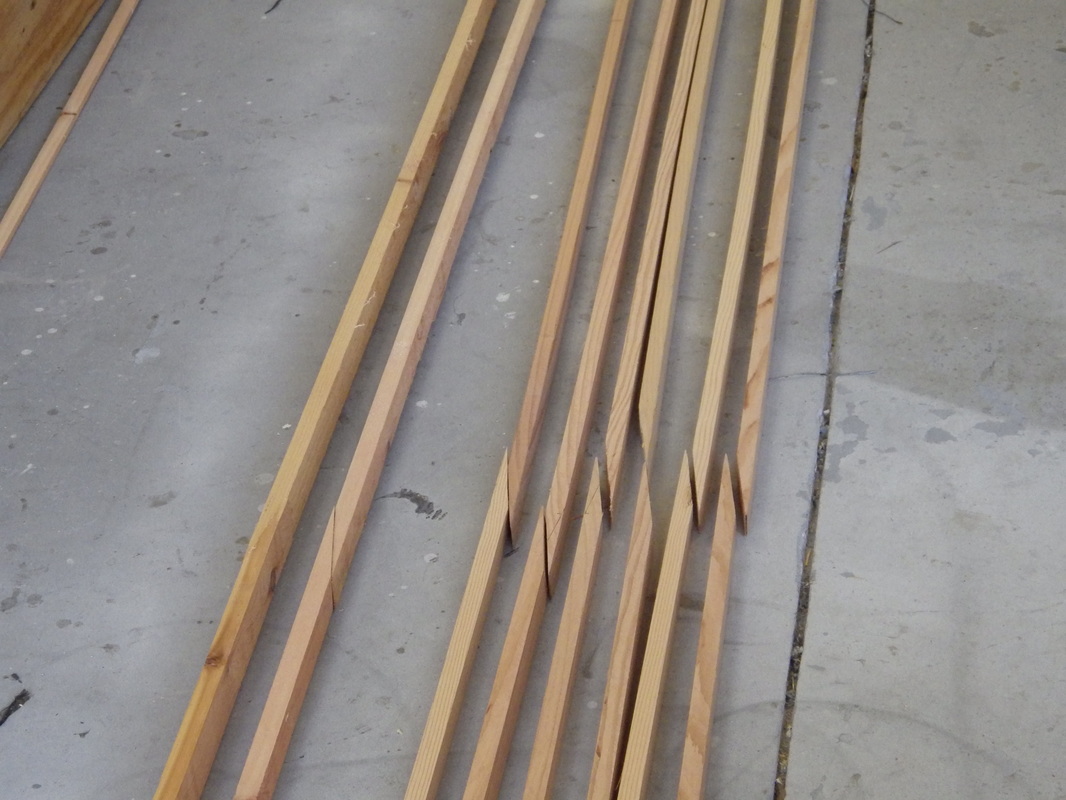
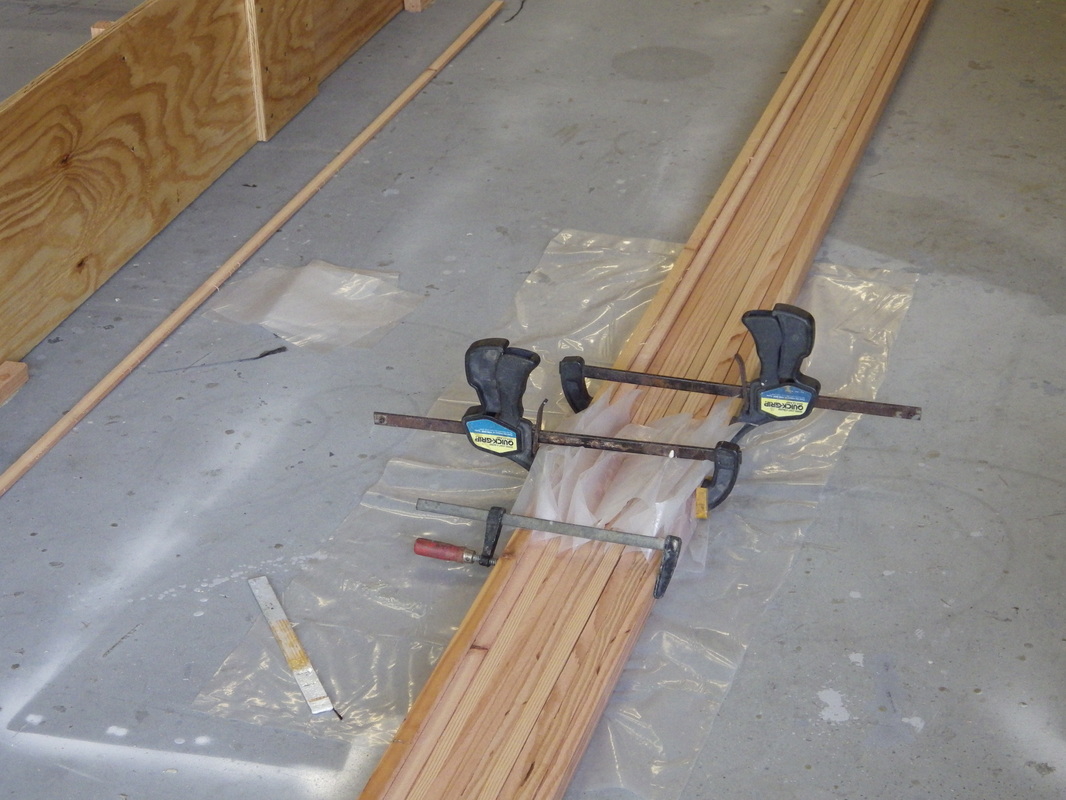
 RSS Feed
RSS Feed
